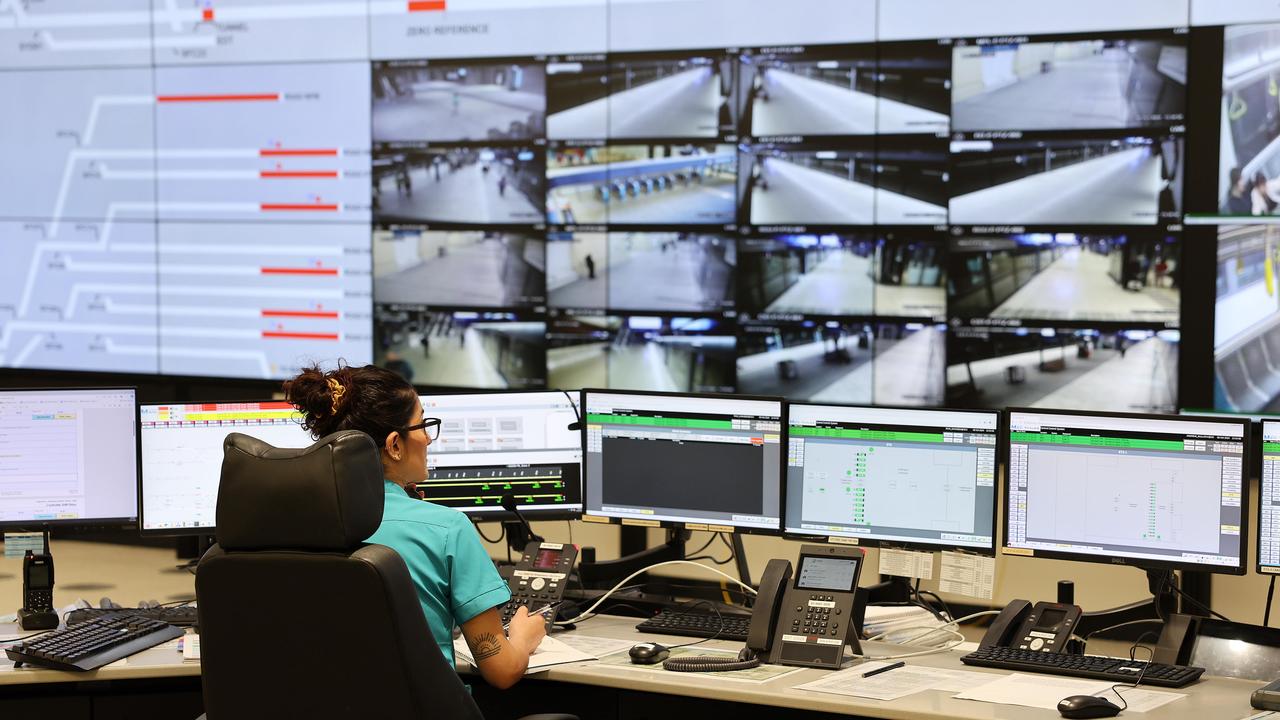Blowout at Fortescue Metals Group’s Iron Bridge mine could hit $1.7bn
The mining giant has admitted to fresh problems at its Iron Bridge magnetite project in the Pilbara, warning of a hefty overrun to its original estimate.

Business
Don't miss out on the headlines from Business. Followed categories will be added to My News.
Fortescue Metals Group boss Elizabeth Gaines believes iron ore prices will stay strong in the second half of the year, with the iron ore major lifting full-year export guidance despite the impact of the coronavirus pandemic.
But Fortescue has hit fresh troubles at its Iron Bridge magnetite project in the Pilbara, with the company blaming Covid-19 disruptions and supply chain problems for a fresh cost blowout and further delays.
Fortescue released its March quarter production report on Thursday, saying the blowout at Iron Bridge could now top US1.2bn ($1.7bn) on the back of further delays at the project.
The disclosure undermined an otherwise solid performance for the iron ore major, with Fortescue saying it is on track to set a new export record for the full financial year after shipping 46.5 million tonnes in the March quarter and upgrading its output guidance for the year.
Fortescue’s March quarter shipments were 10 per cent higher than the same period in 2021, the company said, with Fortescue having now shipped 139.5 million tonnes of iron ore in the nine months to the end of March.
The company now expects to ship 185 to 188 million tonnes of iron ore in the full financial year, up from earlier guidance of 180 to 185 million tonnes.
But rising diesel costs have raised its cost expectations, as they have for other Australian miners. Fortescue now says it expects production costs to average $US15.75 to $US16 a tonne for the full financial year, up from $US15 to $US15.50.
But while Fortescue’s Pilbara operations and logistics chain is humming, the average price it has received for its iron ore is still lagging, with Fortescue paid an average $US99.52 a dry metric tonne in the March quarter. That is only 70 per cent of the average $US141.60 benchmark price for iron ore grading 62 per cent for the period, only a minor improvement over the December quarter.
Fortescue also flagged further potential delays at its Iron Bridge magnetite project in the Pilbara, pushing back first output by three months to March 2023 and lifting projected costs to $US3.6bn- $US3.8bn.
It last estimated construction costs at $US3.3bn-$US3.5bn, but the 22 million tonne a year operation was originally tipped to cost only $US2.6bn, taking the total potential blowout to as much as $US1.2bn – more than 45 per cent above its original budget.
Fortescue chief executive Elizabeth Gaines told The Australian the company lost 40,000 work hours at Iron Bridge in the March quarter because of Covid-19 absenteeism and isolation rules, with Covid-related stoppages having a domino effect in some cases. “We had a whole crew of scaffolders come down with Covid. And you might think, well, that’s just one crew – but they’re not doing their job, then other crews can’t get to their work because you need the scaffolding,” she said. “So it had a domino effect on some of the activities across the site.”
Ms Gaines said the decision of the West Australian government to delay the reopening of the state border by a month, to early March, also had a significant impact on Fortescue’s ability to source interstate labour, which hit work installing pipelines.
“The West Australian government extension of the reopening of the state border in February impacted the required personnel ramp-up that was needed to deliver scheduled progress, with the pipeline construction teams most impacted,” she said.
“Other factors include ongoing supply chain issues, construction and installation costs, as well as escalation in logistics and shipping costs, which have been further exacerbated by the recent lockdowns in China.” But Ms Gaines said those lockdowns had not affected demand for iron ore, and flagged a rosy outlook for the steelmaking commodity through the rest of 2022.
While Fortescue said on Wednesday that Chinese crude steel production of 243 million tonnes was well down on the same time in 2021, Ms Gaines said it was in line with total annual production of about 1 billion tonnes for the full financial year.
China’s steel mills started 2021 in a hurry, but production was severely curtailed in the second half of the year on orders from policymakers in Beijing, sending iron ore prices tumbling as a result.
Ms Gaines said iron ore inventory at Chinese ports was being pulled down by steel mills in anticipation of increased steel demand in the Chinese market, with the iron ore major expecting any short-term impact from Covid-19 lockdowns in China to be evened out by increased steel production later this year.
“The mills are maintaining steel production at the moment and the utilisation rate in late March and April has been at the levels we had anticipated. We might see some short-term impact, but we think that there’s pent-up demand, particularly for property, and that will underpin steel demand, maybe later in the year,” she said. “We might see a reverse of last year. This year it might well be that we see an uptick in the second half.”
Fortescue shares closed up $1.63, or 8.1 per cent, at $21.73.





